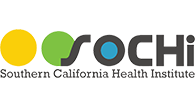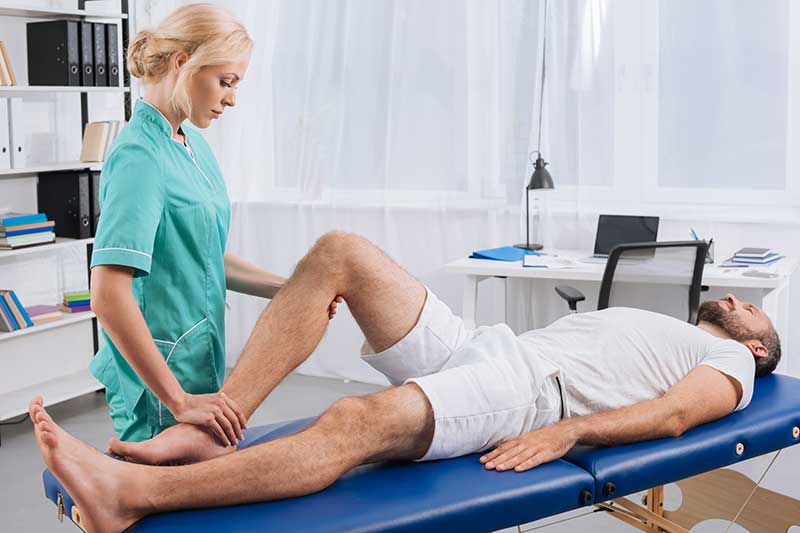Unlock the potential of a combined skill set with our guide on the advantages of dual certification as a Physical Therapy Aide and Massage Therapist. Elevate your expertise and career opportunities in the healthcare field.
With a dual certification, you can reap the benefits of having your options open at all times. If you become a physical therapy aide, you can also become a certified massage therapist in the process. You can even accomplish this online. Talk about versatility!
To become a PT Aide, you have to learn the ins and outs of bodywork – thus, getting certified in massage therapy. It’s always a unique experience when we have two programs in one.
The Benefits of Dual Certification as a Physical Therapy Aide and Massage Therapist
Physical Therapy Aides (PTAs) undertake a noble profession that accentuates care, rehabilitation, and health and wellness promotion. In the ever-competitive healthcare field, professionals constantly seek ways to expand their qualifications and enhance their career prospects. Dual certification—particularly combining expertise as a Physical Therapy Aide with qualifications in massage therapy—is one pathway that offers a plethora of advantages. Here’s an exploration of how straddling these two disciplines can bolster your capabilities and open up diverse opportunities within therapeutic care.
A Synergy of Skills: Bridging Physiotherapy and Massage Therapy
Physical therapy and massage therapy go hand in hand; both aim to improve patient mobility, reduce pain, and promote healing, though they do so through distinctly different approaches. Physical therapy aides assist in rehabilitative exercises, utilize modalities like heat, cold, and electricity, and facilitate a patient’s treatment plan. Alternatively, massage therapists apply systematic pressure and techniques to alleviate muscle tension, induce relaxation, and improve circulation.
Blending these skill sets can lead to more robust patient care, as practitioners can alternate between modalities to tailor treatments. This versatility is not only beneficial for patients but also increases a PTA’s marketability and job satisfaction.
Expanding the Horizon: Larger Scope of Practice
Dual certification allows for a wider scope of practice. As a PTA, you already have a foundational understanding of the human body’s musculature and mechanics. With the additional expertise in massage therapy, you can also address soft tissue problems and offer stress relief, which is an excellent complement to the more clinical aspects of physical therapy.
With this duality, you can work outside traditional clinical settings. Opportunities can span from sports teams to spas or even private practice. The flexibility and diversification such a combination provides can safeguard against job market fluctuations, ensuring that one’s practice can pivot to where demand resides.
A Fusion of Knowledge: Enhanced Therapeutic Outcomes
The combined knowledge from dual certification can enhance therapeutic outcomes. Understanding the intricacies of muscle groups, anatomy, physiotherapeutic techniques, and holistic massage approaches equips you to create more comprehensive treatment plans. It opens the door to myriad therapeutic methods tailored to each patient’s needs, which may result in faster recoveries and improved overall well-being.
For example, specific massage techniques can prime patients’ muscles for physical therapy sessions, making them more productive. In a scenario where traditional physiotherapy may not be possible due to an acute injury, gentle massage could provide alternative relief, helping to maintain appointments and patient relationships.
Career Growth: Promising Employment Prospects
With dual certification, your employment prospects can become notably brighter. The U.S. Bureau of Labor Statistics projects faster-than-average job growth for both PTAs and massage therapists over the next decade. This growth trajectory and a dual skill set illustrate a favorable career outlook.
In addition to broadening potential employment venues, dual certifications can enable you to command a higher wage. Specialized knowledge and skills are valuable in therapy, and employers may be willing to compensate for a more comprehensive skill set, enabling you to stand out in a crowded job market.
Autonomy and Entrepreneurship: Paving Your Path
For those with entrepreneurial ambitions, dual certification can be the catalyst for starting a private practice. Being dually skilled means you can offer a well-rounded therapy service and attract a wider client base, surviving on a mixed stream of clientele interested in different types of therapy.
Moreover, possessing these intertwined qualifications could expand your business offerings, such as wellness workshops, corporate stress management programs, and sports recovery packages. By addressing various aspects of health and healing, you could pave a unique path within your community.
Lifelong Learning: A Path of Continuous Growth
Committing to dual certification is also a testament to the spirit of lifelong learning, a valuable trait in the healthcare industry. It exhibits a dedication to continuous professional development and shows you’re taking proactive steps to remain at the forefront of patient-care advances.
Further, as healthcare continually evolves, so does our understanding of how different therapies can integrate to benefit patient outcomes. Staying informed and educated on these changes enhances your knowledge base and speaks volumes to your commitment to your patient’s well-being.
3 Tips to Consider When Pursuing Dual Certification:
- Research Accredited Programs: Ensure that the educational programs you choose are accredited and meet all requirements for certification and practice in your region.
- Understand the Commitment: Dual certification requires time, energy, and potential financial investment. Consider the long-term benefits against these immediate costs.
- Network with Professionals: Reaching out to professionals with dual certification can offer insights into the advantages and challenges of managing two qualifications.
As we forge deeper into the 21st century, the healthcare landscape will undoubtedly continue to evolve. Dual certification can stand as a decisive step towards a bright, flexible, and rewarding future in therapeutic care.
Conclusion
In sum, developing expertise in both physical therapy aiding and massage therapy through dual certification provides a competitive edge that is hard to discount. It paves many avenues for professional endeavors and growth while offering a richer, more fulfilling career that can adapt and thrive amid the dynamics of the healthcare industry.
The symbiosis of PTAs and massage therapy skills accentuates the best of both worlds—scientific rigor paired with empathetic, hands-on care—that redefines journeying with patients toward optimal health. It’s a combination that resonates much beyond the sum of its parts. Pursuing dual certification is an investment in your professional journey and is symbolic of an unwavering commitment to the highest caliber of patient care.





